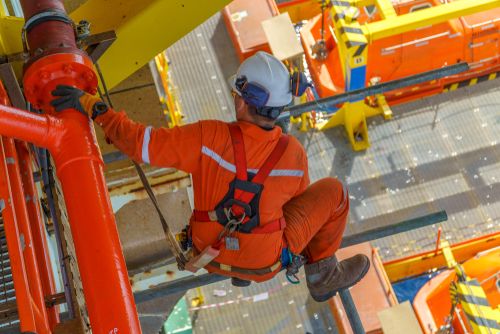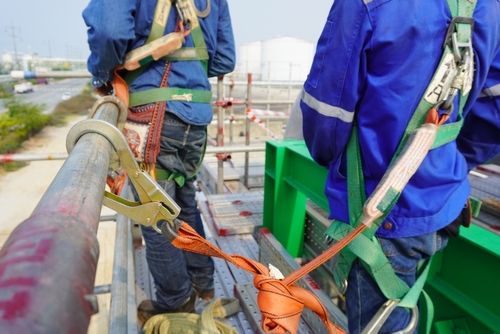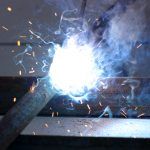
Staying Compliant: Regulations and Standards for Working at Heights
Safety is a primary issue for companies and employees across Canada, particularly in Ontario, because of the high dangers and hazards associated with working at heights. It is essential to comprehend and abide by the particular requirements established by Canadian and Ontario provincial authorities to prevent accidents and guarantee compliance with applicable legislation and standards.
Hence, the team at Advanced CT would like you to know about the regulations and standards that organizations need to follow when working at heights.
Occupational Health and Safety Act (OHSA)

The main piece of law regulating workplace safety in Ontario is the OHSA. It outlines the duties and rights of employers, managers, and employees and specifies the general obligation to take all necessary precautions to safeguard employees.
Construction Projects Regulation (O. Reg. 213/91)
This OHSA regulation specifically covers safety regulations for construction projects, especially those about working at heights. It offers comprehensive instructions for using ladders, scaffolding, and other high-risk equipment.
Canadian Standards Association (CSA) Standards
The CSA creates and enforces widely used and respected standards in Canada. The CSA requirements listed below regarding working at heights are pertinent:
CSA Z259.16-04: “Design of Active Fall Protection Systems”
According to this standard, active fall protection devices, such as fall arrest systems, vertical lifelines, and horizontal lifelines, should be designed, chosen, installed, and used.
CSA Z259.2.1-98 (R2004): “Fall Arresters, Vertical Lifelines and Rails”
The design and performance specifications for rails, vertical lifelines, and fall arresters used in fall prevention systems are covered by this standard.
CSA Z259.1-05 (R2017): “Body Belts and Saddles for Work Positioning and Travel Restraint”
This standard specifies the specifications for body belts and saddles used in travel restraint and work positioning systems.
Chief Prevention Officer Recommendations

Employers and employees can use the guidelines and tools offered by the Chief Prevention Officer to understand and abide by the laws. These recommendations include useful guidance and best practices for working at heights, as well as details on equipment inspections, fall protection devices, and training needs.
Employers and employees can guarantee compliance with the relevant laws and standards for working at heights in Ontario by complying with the OHSA, the Construction Projects Regulation, CSA requirements, and Chief Prevention Officers recommendations. These standards must be frequently reviewed and kept up to date since they may change over time to reflect improvements in safety procedures and technological breakthroughs.
Advanced CT – Leaders in Occupational Health & Safety
Working at heights necessitates a commitment to safety that is unwavering. Both employers and employees must understand the necessity of abiding by the rules and guidelines established by Canadian and Ontario provincial authorities. Employers may promote a work environment where employee well-being is valued by putting in place comprehensive fall protection measures.
Are you prepared to improve workplace safety? Contact us at Advanced CT for professional training and workplace audits. Advanced CT is aware of how crucially important workplace safety is when it comes to working at heights specifically. Our knowledgeable staff of instructors is committed to providing thorough, current health and safety training that satisfies Canadian and Ontario provincial regulations. Don’t endanger your employees’ safety or run the risk of breaking the law. Partner with Advanced CT right now to take the proactive step toward establishing a safer working environment.



